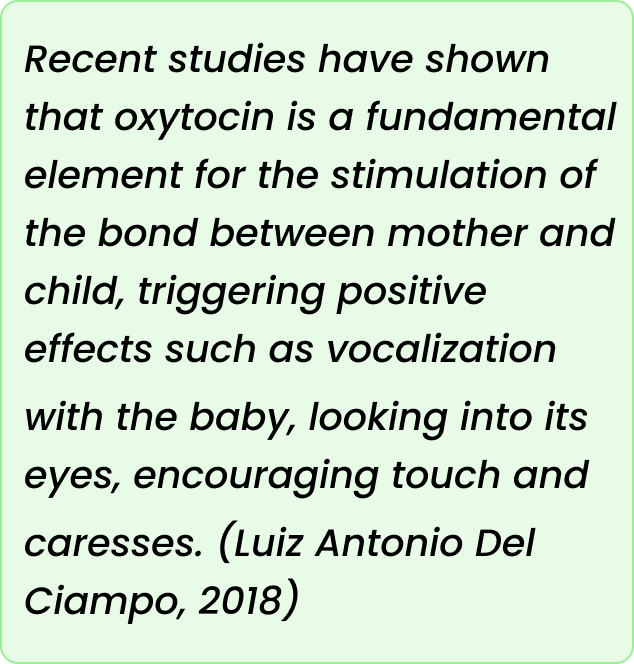Articles
 Breast Issues & Cancer
Breast Issues & Cancer
 Fertility & IVF
Fertility & IVF
 Pregnancy & Post Partum
Pregnancy & Post Partum
 Nutrition & Weight
Nutrition & Weight
 Child Care & Parenting
Child Care & Parenting
 Living with : Blood Pressure & Heart Rate Issues
Living with : Blood Pressure & Heart Rate Issues
Breast Issues
How To Get Pregnant
Contraceptives
Medical Conditions Affecting Fertility
Sexually Transmitted Infections
Pregnancy Overview
Pregnancy: Nutrition & Exercise
Pregnancy: Common Conditions/Illnesses & Solutions
Pregnancy: Shopping checklists and Bookreading Lists
Post Pregnancy: Delivery, Breastfeeding and Postpartum Care
Weight Management
Baby Care Basics
Breastfeeding
Bottle-feeding your baby
Parenting the crying infant
Baby Sleep
Blood Pressure
Products
You may also like…
"Breastfeeding is a mother's superpower, providing her child with the best start in life and offering herself and her child a lifetime of health benefits."
Immediate Benefits:
- Early suckling leads to fast paced return of the uterus to its original size known as uterine involution
- Uterine involution causes less postpartum hemorrhage and anemia
- Immediate breastfeeding also increases the pain threshold of the mother leading to less maternal discomfort and eventually more love for the baby
- Lactational amenorrhea is the period of infertility while the mother is breastfeeding due to the suppression of hormones (progesterone and estrogen). The natural contraception is 96% protective if she has not yet menstruated and helps to space pregnancies especially for the first 6 months. Duirng this period the mother should exclusively breastfeed her baby 8 times a day. However, after the return of menstruation, the probability of conception is reduced by 7.4% for every month added month of breastfeeding
- Reduced adiposity and weight: During the entire pregnancy journey
 a woman adds about 3kg of fat and this will be used throughout the initial 6 months of breastfeeding because this process uses 2100 kj/day equivalent to about 500 kilocalories per day. This helps lose weight and maximizes the mother’s bodily effort to return to pre-pregnancy weight; usually the average monthly weightloss is 450g. It is important to remember that the oxytocin that is known as the mother-child love bonding hormone and is released during breastfeeding has pro-weightloss characteristics (lipolytic and anorexigenic effects). It is also worth mentioning here that fat gained during pregnancy is active fat and is most prone to be shed earlier than others.
a woman adds about 3kg of fat and this will be used throughout the initial 6 months of breastfeeding because this process uses 2100 kj/day equivalent to about 500 kilocalories per day. This helps lose weight and maximizes the mother’s bodily effort to return to pre-pregnancy weight; usually the average monthly weightloss is 450g. It is important to remember that the oxytocin that is known as the mother-child love bonding hormone and is released during breastfeeding has pro-weightloss characteristics (lipolytic and anorexigenic effects). It is also worth mentioning here that fat gained during pregnancy is active fat and is most prone to be shed earlier than others. - Improved body Image: The rapid weightloss and improved connection with the baby leads to better image about mother’s self.
- Reduced postpartum depression: Mothers who breastfeed are found to have higher levels of oxytocin and report that they feel calmer, softer and in a better mood since the first postpartum days. The hormonal feedback loop between oxytocin, prolactin and cortisol also encourages better mood in the mother.
Long-term benefits include reduced incidence of:
- Reduced Breast cancer. It is estimated that the risk of breast cancer can be reduced by more than 4% for each year of BF. (Luiz Antonio Del Ciampo, 2018)
- Reduced Ovarian cancer. The relative risk of developing ovarian cancer is estimated to be reduced by 2% for each month of BF. (Luiz Antonio Del Ciampo, 2018)
- Reduced Cancer of the endometrium.

- Reduced Endometriosis. For every additional 3 months of total BF per pregnancy, women experienced an 8% lower risk of endometriosis, and women who breastfed for ≥ 36 months in total across their reproductive lifetime had a 40% reduced risk of endometriosis compared with women who never breastfed. (Luiz Antonio Del Ciampo, 2018)
- Reduced Diabetes. An important review study conducted by Perrine et al detected an inverse and dose-dependent association between BF and type 2 diabetes, with a reduction of 4–12% of the risk of developing type 2 diabetes with each additional year of lactation. (Luiz Antonio Del Ciampo, 2018)
- Reduced Osteoporosis
- Reduced Blood Pressure.
- Reduced Cardiovascular diseases. Women who breastfeed for long periods of time, 7–12 months after the first delivery, have a 28% lower risk to develop vascular diseases compared with women who never breastfed. Women with a total BF time of more than 2 years had a 23% lower probability of developing coronary diseases than women who never breastfed. (Luiz Antonio Del Ciampo, 2018)
- Reduced Metabolic syndrome
- Reduced Rheumatoid arthritis
- Reduced Alzheimer disease
- Reduced Multiple sclerosis







